Tag: vasodilation

Inhaled Epoprostenol Compared With Nitric Oxide for Right Ventricular Support After Major Cardiac Surgery
Right ventricular failure (RVF) is a leading driver of morbidity and mortality after major cardiac surgery for advanced heart failure, including orthotopic heart transplantation and left ventricular assist device implantation.... read more
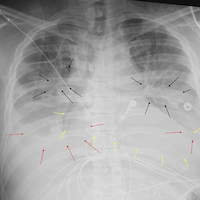
Hemodialysis as an Effective Treatment for Combined Amlodipine and Metformin Overdose
Introducing emergency dialysis will lead to significant outcomes in mortality and morbidity in patients with combined toxicity of amlodipine and metformin. Moreover, non-ST elevation myocardial infarction is also expected... read more
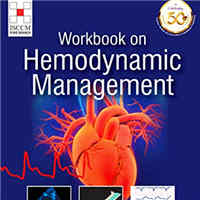
Workbook on Hemodynamic Management
This workbook focuses on hemodynamics management. Hemodynamic management should be aimed at minimizing the ischemic injury. Cerebral ischemia impairs the brain's ability to autoregulate its circulation through vasoconstriction... read more
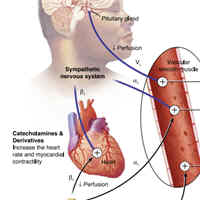
Vasopressor Choice and Timing in Vasodilatory Shock
Vasodilatory shock is the most common form of circulatory shock encountered in patients admitted to the intensive care unit (ICU). Sepsis is the predominant etiology, but other causes of vasodilatory shock include postoperative... read more

The Truth About High-Dose Insulin
The agent involved when our poison center is consulted about cases of calcium channel blocker (CCB) poisoning these days is almost invariably amlodipine. Quite often, the clinical team will be reaching for high-dose insulin... read more
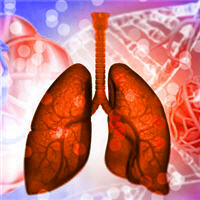
Inhaled Pulmonary Vasodilator Therapy in Adult Lung Transplant
Among patients undergoing LT, use of iEPO was associated with similar risks for PGD-3 development and other postoperative outcomes compared with the use of iNO. A total of 201 randomized patients met eligibility criteria... read more
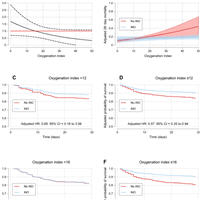
Severity of Hypoxemia may Explain Indeterminate Results in Pediatric Trials of iNO
Inhaled nitric oxide (iNO) is used for refractory hypoxemia in acute respiratory distress syndrome (ARDS) via vasodilation of pulmonary arterioles to ventilated alveoli, particularly in pediatrics. However, iNO has not affected... read more
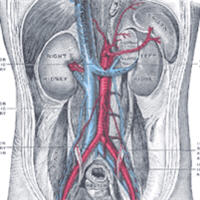
Mythbusting: (Empty IVC + Hyperkinetic Heart) Does Not Equal Volume Depletion
An empty IVC and hyperkinetic heart does not equal volume depletion. This combination of echocardiographic findings may result from either vasodilatory shock (as illustrated above) or hypovolemic shock. If encountered in... read more
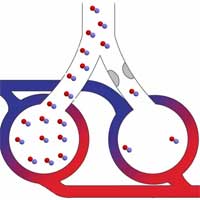
Inhaled Pulmonary Vasodilators
Confusion between inhaled versus intravenous routes for pulmonary vasodilators. For optimal clinical benefit (especially regarding oxygenation), these agents must be given via an inhaled route. The misconception that inhaled... read more

Vasodilatory Shock in the ICU and the Role of Angiotensin II
With the approval and release of angiotensin II, a new vasoactive agent is now available to utilize in these patients. Overall, the treatment for vasodilatory shock should not be a one-size fits all approach and should be... read more

Approach to the Critically Ill Child: Shock
If you mainly treat adults or both adults and children like me, then you have probably heard the (very annoying) quote, "kids are not just small adults", and so I won't say it again. Well, I guess I just did, but at least... read more




